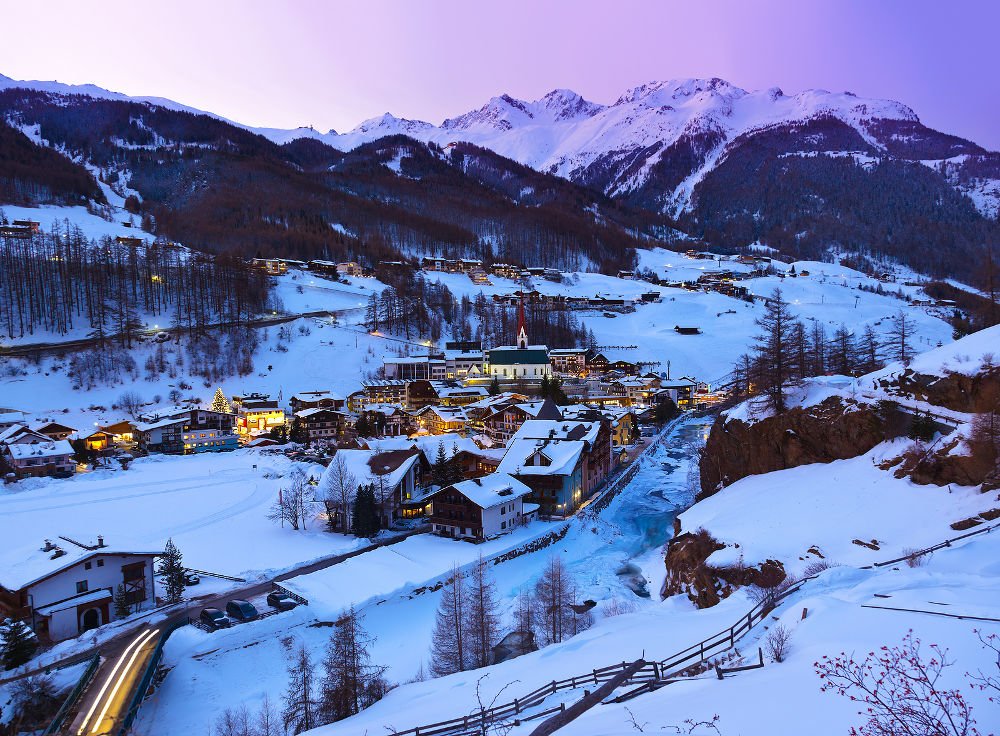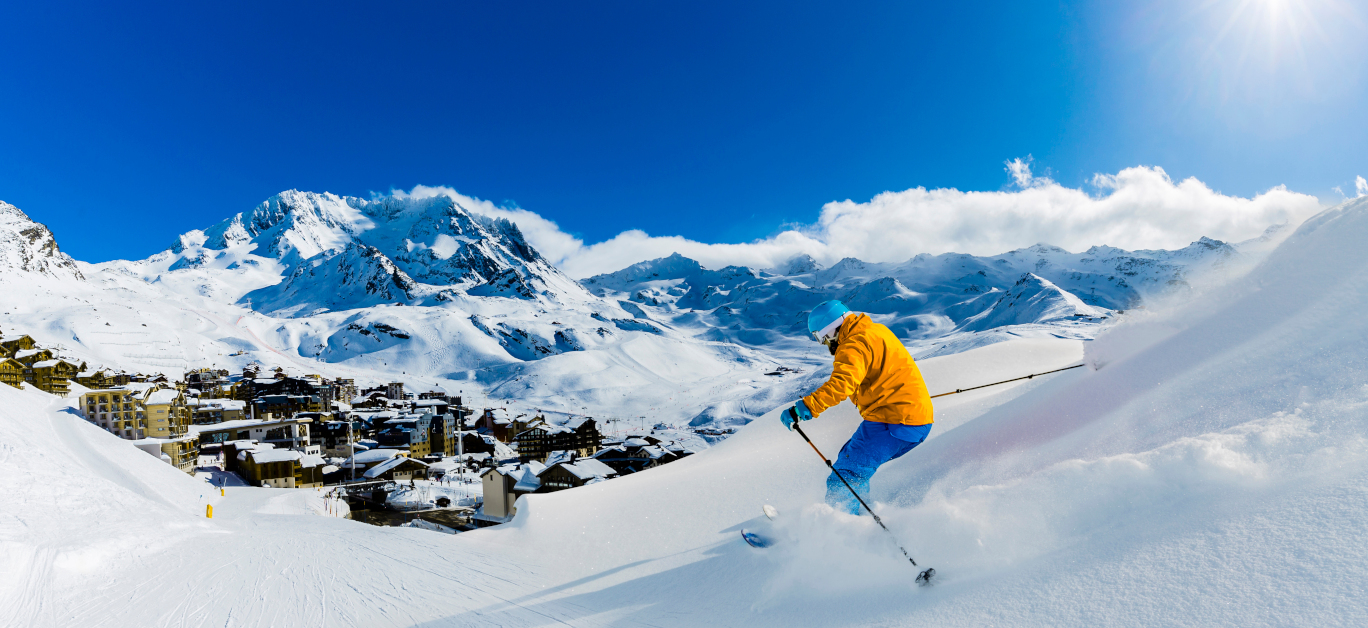While the snow-capped peaks attract adventure seekers, ski tourism faces a difficult reality as global warming poses a significant threat. As temperatures rise, many once reliably snow-covered slopes are becoming increasingly unpredictable, shortening the ski season and presenting ski resorts with challenges in maintaining operations.
The effect is not just limited to the fun of skiing; It also impacts the local economy, which relies heavily on winter sports and whose livelihoods the communities that revolve around these activities rely on constant snowfall.
As glaciers recede and natural landscapes change, it is evident that immediate action is critical, and this is where the optimism shines through: ski resorts and enthusiasts are stepping up their game with innovative sustainability practices. By taking more environmentally friendly approaches, they are not only protecting the mountains we love, but also ensuring that future generations can make their way on fresh powder.
Now more than ever, skiers and resort operators alike recognize the urgency of preserving these pristine environments for future enjoyment. This awareness is driving innovative solutions aimed at reducing the carbon footprint across the industry – a key step towards sustainability in ski tourism.
Read on as we explore how this shift is taking shape in the world of ski tourism and what it means for all of us who value these cool escapes.

Sustainable practices in ski tourism
Ski resorts around the world are using innovative practices to promote sustainability. Here are some ways ski tourism is becoming more sustainable:
1. Renewable Energy: Ski resorts are increasingly turning to renewable energy sources such as solar, wind and hydropower to reduce their dependence on fossil fuels. For example, the Aspen Skiing Company in Colorado has committed to using 100% renewable energy for its operations by 2025. This not only reduces their CO2 emissions, but also helps protect the natural resources of the surrounding mountains.
2. Sustainable Building Practices: Many ski resorts are incorporating sustainable building practices into their construction and renovation projects. These include using environmentally friendly materials, implementing energy efficient designs, and incorporating green roofs to reduce the buildings' environmental impact.
3. Waste reduction: Ski resorts are also taking measures to reduce the amount of waste they produce. This includes implementing recycling programs, using compostable materials and encouraging visitors to bring their own reusable water bottles and bags. Some resorts have even banned single-use plastic entirely.

4. Conservation Efforts: Many ski resorts are committed to preserving the natural environment in which they operate. These may include reforestation projects, wildlife conservation efforts and the protection of sensitive habitats.
5. Sustainable transport: Ski areas also promote sustainable transportation options for visitors, such as carpooling, public transit and electric shuttles. This helps reduce traffic and CO2 emissions in surrounding areas.
6. Environmental Education: Resorts use their platforms to educate visitors about the importance of sustainability and how they can make a positive difference. This may include providing information about local ecosystems, offering eco-tours and promoting Leave No Trace principles.
7. Sustainable slopes: The ski industry is also coming together to promote sustainable practices through initiatives like Sustainable Slopes. This program provides resources and guidelines for resorts to reduce their impact on the environment and participate in conservation efforts.

8. Off-season activities: To reduce the impact of ski tourism on the environment, many ski resorts are expanding their offerings to include off-season activities such as hiking, mountain biking and ziplining. This not only diversifies their sources of income, but also reduces the impact on the environment during peak ski season.
9. Collaborate with local communities: Ski resorts work closely with local communities to ensure their operations are sustainable and beneficial for everyone. This can include supporting local businesses, hiring people from the community, and engaging residents in conservation efforts.
10. CO2 compensation: Some ski resorts are also implementing carbon offset programs, where they invest in projects that reduce carbon emissions to offset their own impacts. This may include supporting renewable energy projects or investing in reforestation efforts.
Overall, ski tourism is slowly but surely becoming more sustainable as the industry recognizes the importance of protecting the environment in which it operates. By implementing these and other sustainable practices, ski resorts can continue to provide unforgettable experiences for their visitors while preserving the natural beauty of the mountains for future generations.
